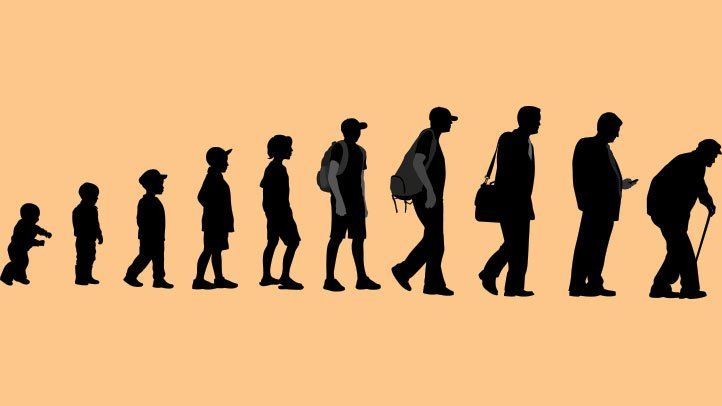The United States life expectancy declined by a year and a half in 2020, the largest one-year decline since World War II.
According to the Centers for Disease Control and Prevention (CDC), life expectancy in the United States declined from 78.8 years in 2019 to 77.3 in 2020, which says the coronavirus is largely to blame.
COVID-19 contributed to 74% of the decline in life expectancy, according to the CDC’s National Center for Health Statistics.
Highlights from the report:
U.S. life expectancy at birth for 2020, based on nearly final data, was 77.3 years, the lowest it has been since 2003. Male life expectancy (74.5) also declined to a level not seen since 2003, while female life expectancy (80.2) returned to the lowest level since 2005.
The Hispanic population experienced the largest decline in life expectancy between 2019 and 2020, from 81.8 to 78.8 years, reaching a level lower than what it was in 2006 (80.3 years), the first year for which life expectancy estimates by Hispanic origin were produced (9).
The non-Hispanic black population experienced the second largest decline in life expectancy (from 74.7 to 71.8) and was the lowest estimate seen since 2000 for the black population (regardless of Hispanic origin).
Life expectancy for the non-Hispanic white population declined from 78.8 to 77.6 years, a level last observed in 2002 for the white population (regardless of Hispanic origin). Racial and ethnic mortality disparities in life expectancy increased in 2020. For example, the non-Hispanic white life expectancy advantage over the nonHispanic black population increased by 41.5% between 2019 (4.1) and 2020 (5.8).
Life expectancy for the black population has consistently been lower than that of the white population, but the gap had been narrowing during the past three decades, from 7.1 years in 1993 to 4.1 years in 2019 (10).
The last time the gap in life expectancy between the white and black populations was this large was in 1999 (10). Conversely, the gap between the Hispanic and non-Hispanic white populations decreased by 60% between 2019 (3.0) and 2020 (1.2).
The Hispanic population lost more than one-half of the mortality advantage it had experienced relative to the nonHispanic white population. Rather than a positive outcome, the narrowing of the life expectancy gap between the two populations is a stark indicator of worsening health and mortality outcomes for a population that paradoxically has been, prior to the COVID-19 pandemic, able to defy expectations consistent with its disadvantaged socioeconomic profile (2,9,11).
Mortality due to COVID-19 had, by far, the single greatest effect on the decline in life expectancy at birth between 2019 and 2020, overall, among men and women, and for the three race and Hispanic-origin groups shown in this report.
Among the causes contributing negatively to the change in life expectancy, COVID-19 contributed 90% for the Hispanic population, 67.9% for the non-Hispanic white population, and 59.3% for the non-Hispanic black population.
Among the other causes of death that negatively contributed to the change in life expectancy, unintentional injuries, homicide, and diabetes affected all three Hispanic origin and race groups. For all three populations, unintentional injuries had the greatest effect out of these three causes (14.2%, 11.9%, and 4.2% for the non-Hispanic white, non-Hispanic black, and Hispanic populations, respectively). Increases in unintentional injury deaths in 2020 were largely driven by drug overdose deaths (12).
A global media for the latest news, entertainment, music fashion, and more.




